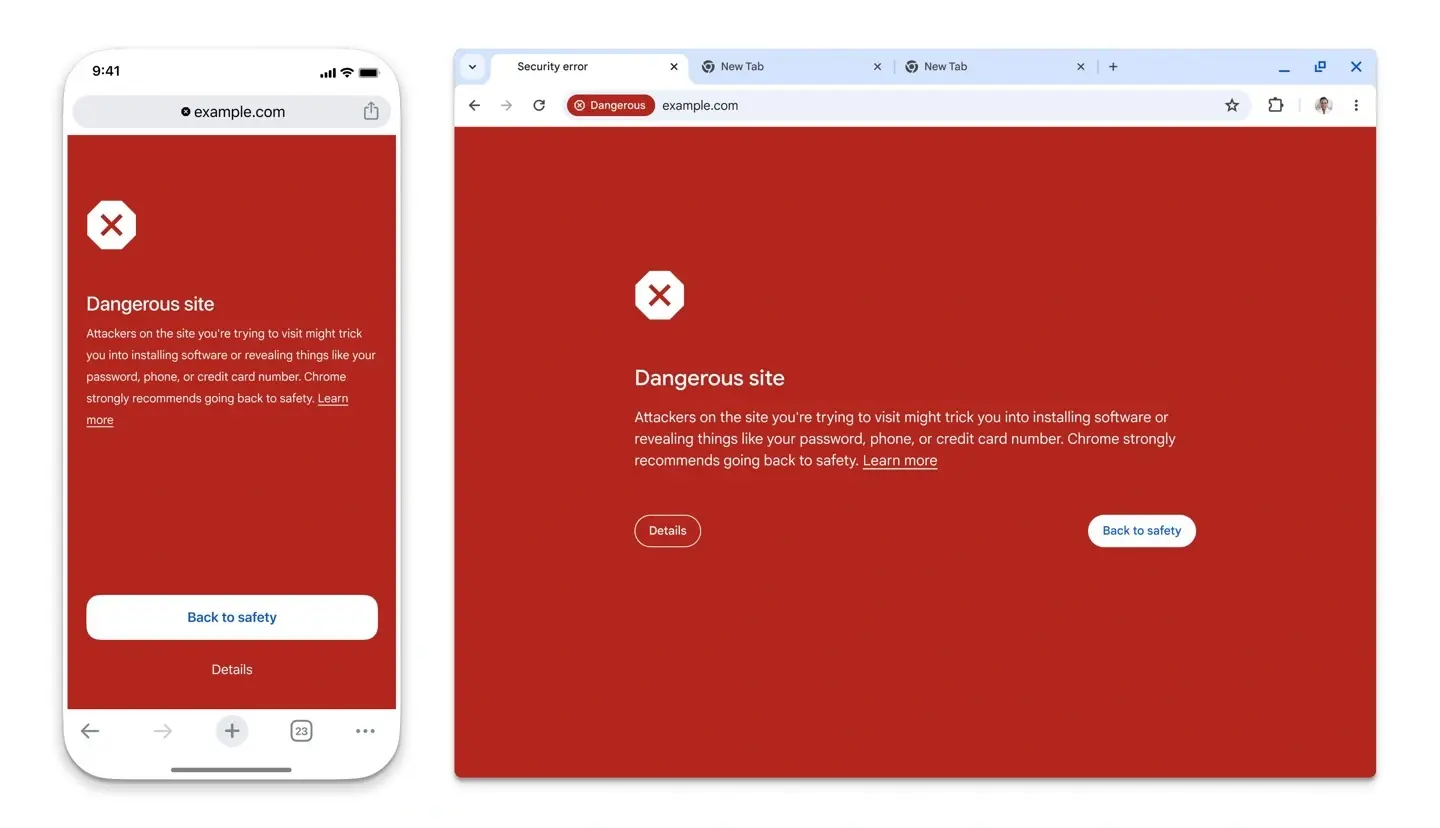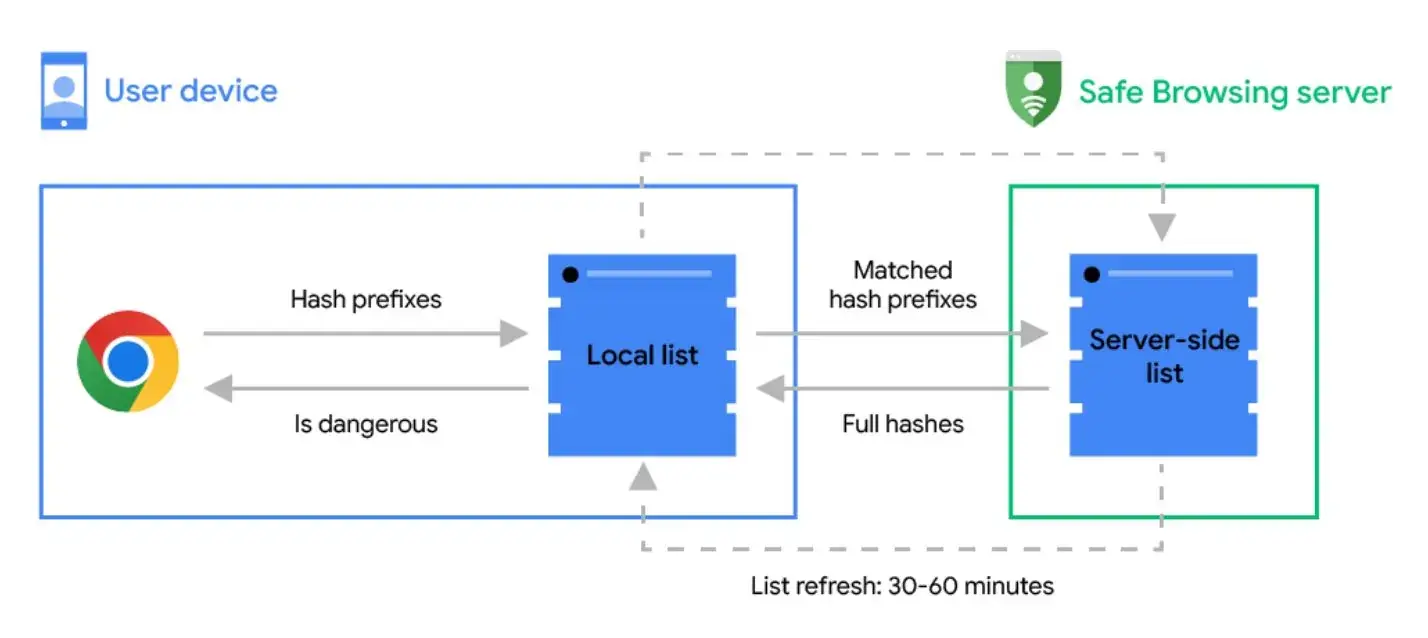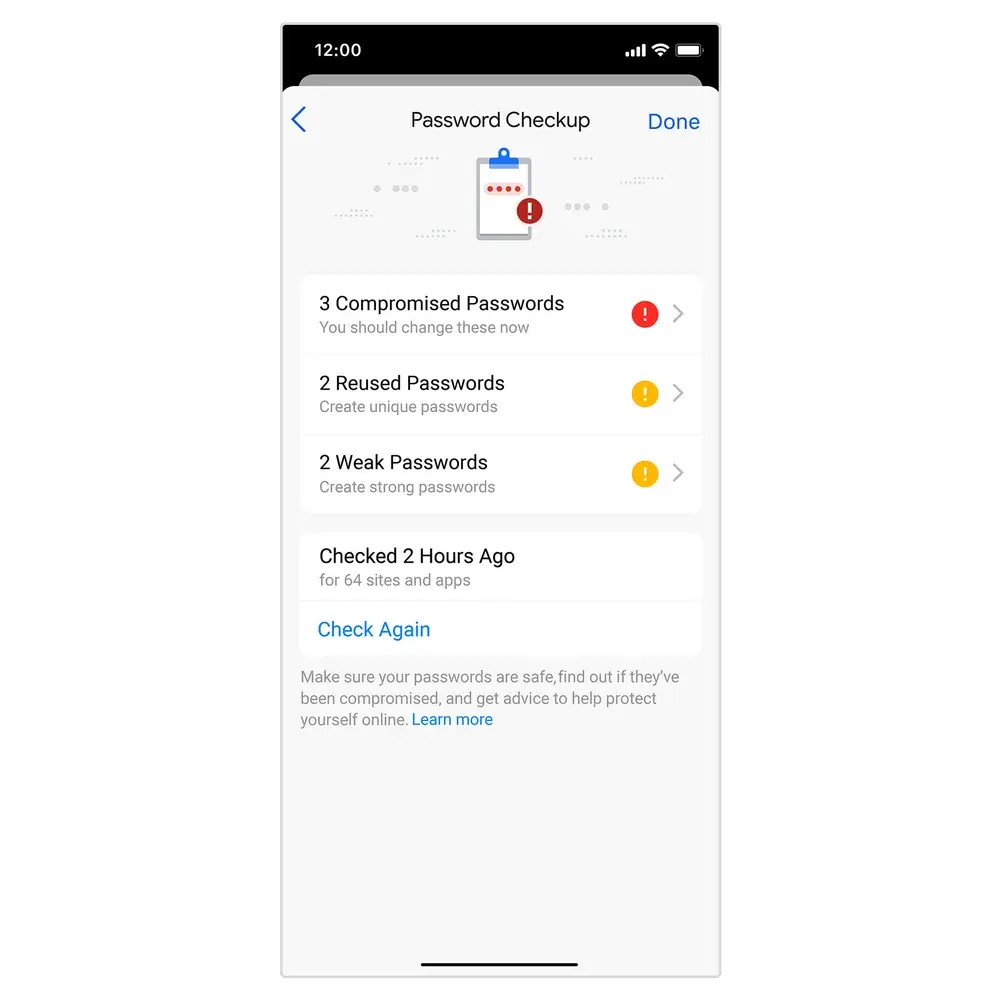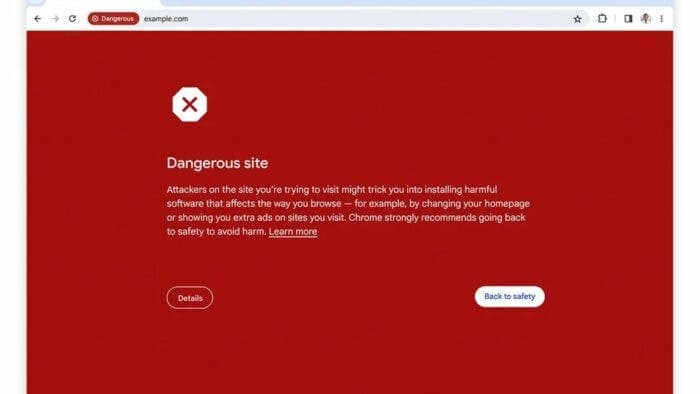In a groundbreaking move to enhance cybersecurity, Google has recently implemented significant upgrades to its Safe Browsing feature, specifically targeting Chrome browser users. This enhancement aims to provide real-time protection against malicious websites, phishing attempts, and malware, offering users a more secure online experience. Google issued a press release today to announce the upgrade of Google Safe Browsing. This upgrade will provide users with real-time URL protection capabilities. It will also reduce the risk of users being attacked by malicious websites.

Safe Browsing helps users protect against phishing attacks, malware, and potentially unwanted programs by matching against a master list. Under Standard level protection, Chrome browser users store a list of bad websites locally on the device. This list is synchronized with the Google Cloud server every 30 to 60 minutes. Now Google has moved this security solution to the Google server so that it can real-time detection.

Google has partnered with Fastly to run the Oblivious HTTP privacy server between Chrome and Safe Browsing to protect user privacy. Safe Browsing does not see the user’s IP address, and Safe Browsing’s checks are mixed with checks sent by other Chrome browser users. Chrome browser users can also choose Enhanced Protection mode. This is a safe browsing mode that uses AI to block attacks and provide protection against malicious Chrome extensions.

Safe Browsing Mode: A New Level of Protection
Google’s Enhanced Safe Browsing mode represents a cutting-edge approach to safeguarding users while browsing the web. By enabling this mode, users benefit from a range of advanced protections, including real-time checks against lists of known phishing and malware sites. This proactive approach ensures that users get prompt alerts to potential threats, significantly reducing the risk of falling victim to cyberattacks.
One of the key features of the upgraded Safe Browsing is the implementation of real-time URL checks. Unlike the previous method that relied on a locally stored list updated every 30-60 minutes, the new system now checks sites against a server-side list of known unsafe sites in real time. This dynamic approach allows for immediate identification and blocking of malicious websites, offering users a higher level of protection against evolving cyber threats.

While enhancing security measures, Google remains committed to protecting user privacy. Safe Browsing does not share the URLs of visited sites with the company, ensuring that user data remains confidential. By employing hashing and encryption techniques, Google ensures it maintains user anonymity before processing the data. With this, it maintains a balance between security and privacy in the online environment.
Benefits of Enhanced Safe Browsing: Protecting Users Across Devices
The adoption of Enhanced Safe Browsing brings a multitude of benefits to users. From real-time phishing protection to scanning files for malware before downloading, these enhanced features offer comprehensive security coverage. Additionally, the system scans usernames and passwords for potential data breaches, providing users with early warnings to prevent fraudulent activities and unauthorized access.
Drawbacks and Considerations
While the enhanced security features are commendable, there are some drawbacks to consider. Enabling Enhanced Safe Browsing may involve sharing more data with Google, potentially raising privacy concerns for some users. Also, new extension developers may face delays in getting approvals for their products. This impacts on the developer community. However, these drawbacks are far lesser than the significant security benefits which the Safe Browsing system offers.
Conclusion
In conclusion, Google’s recent upgrades to Safe Browsing mark a significant milestone in enhancing cybersecurity for Chrome browser users. By introducing real-time URL protection and advanced security features, Google is at the forefront of combating online threats and ensuring a safer online environment for millions of users worldwide. The balance between security and privacy, coupled with the proactive approach to threat detection, underscores Google’s commitment to user safety in the digital age.





